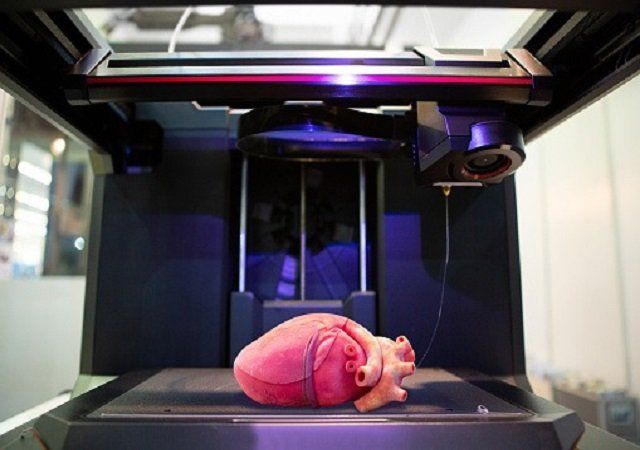Twenty years ago, a cryptographic puzzle was included in the construction of a building on the MIT campus. The structure that houses what is now MIT’s Computer Science and Artificial Intelligence Laboratory (CSAIL) includes a time capsule designed by the building’s architect, [Frank Gehry]. It contains artifacts related to the history of computing, and was meant to be opened whenever someone solved a cryptographic puzzle, or after 35 years had elapsed.
The puzzle was not expected to be solved early, but [Bernard Fabrot], a developer in Belgium, has managed it using not a supercomputer but a run-of-the-mill Intel i7 processor. The capsule will be opened later in May.
The famous cryptographer, [Ronald Rivest], put together what we now know is a deceptively simple challenge. It involves a successive squaring operation, and since it is inherently sequential there is no possibility of using parallel computing techniques to take any shortcuts. [Fabrot] used the GNU Multiple Precision Arithmetic Library in his code, and took over 3 years of computing time to solve it. Meanwhile another team is using an FPGA and are expecting a solution in months, though have been pipped to the post by the Belgian.
Read more








